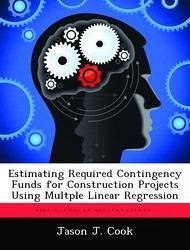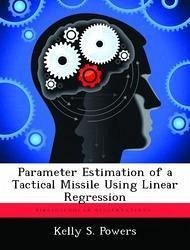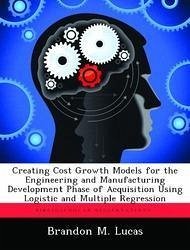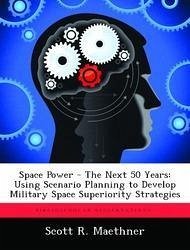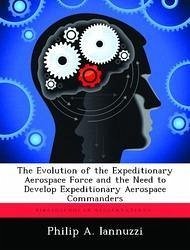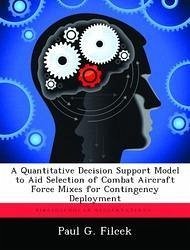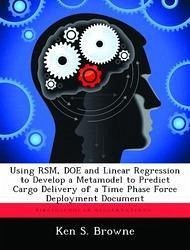
Using Rsm, Doe and Linear Regression to Develop a Metamodel to Predict Cargo Delivery of a Time Phase Force Deployment Document
Versandkostenfrei!
Versandfertig in über 4 Wochen
58,99 €
inkl. MwSt.

PAYBACK Punkte
29 °P sammeln!
Air Mobility Command (AMC) uses the Airlift Flow Model as their primary tool to estimate the amount of cargo delivered in a Time Phase Force Deployment Document (TPFDD). The primary objective of this research was an exploratory investigation in the development of a metamodel to predict the amount of cargo delivered from a TPFDD by AMC into a theater. In creating a valid metamodel the analyst would be able to quickly provide the decision maker with accurate insights should input parameters change. This would save valuable time and replace the need to physically alter the input parameters and re...
Air Mobility Command (AMC) uses the Airlift Flow Model as their primary tool to estimate the amount of cargo delivered in a Time Phase Force Deployment Document (TPFDD). The primary objective of this research was an exploratory investigation in the development of a metamodel to predict the amount of cargo delivered from a TPFDD by AMC into a theater. In creating a valid metamodel the analyst would be able to quickly provide the decision maker with accurate insights should input parameters change. This would save valuable time and replace the need to physically alter the input parameters and re-run the simulation. Techniques that were applicable to create this metamodel include DOE, RSM, and Linear Regression. Using the techniques outlined in this research, a second metamodel was constructed using a separate set of data to validate the procedure. In both cases, the results substantiated good predictive capability between the simulation and metamodel. The analysis procedures outlined in this effort allows the researcher to identify the salient factors to the metamodel in a timely, efficient manner. Once the metamodel has been constructed and validated, it may be possible to optimize it using integer programming techniques or some other software package. By doing this, it may be possible to examine the difference between the optimal solution and your current solution. This difference may be the decisive factor that warrants further experimentation of the system or provides additional verification that you are operating within some pre-established tolerance level.




